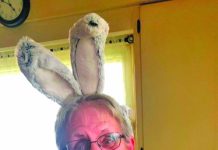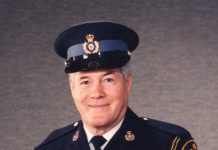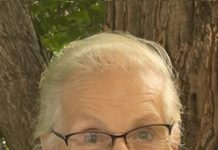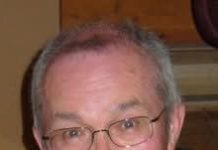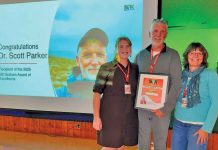Hunting will be mostly in remote areas in late October/early November.
By John Francis,
Bruce Peninsula Press
Saugeen Ojibway Nation filed a Treaty Claim in 1994, seeking remedy for Canada’s failure to honour the commitments it made in the 1836 and 1854 Treaties. Ontario Court decisions in 2024 settled some of the issues raised in that 1994 claim. The second phase of that trial, which focuses on remedies, is drawing less media attention.
But flying entirely under the media’s radar is the fact that First Nation members have the right to hunt on properties owned by the Government of Canada in their territory. They have this right under Section 35 of the Constitution Act of 1982.
In our area, that means that Saugeen Ojibway Nation (SON) members have the right to hunt in Bruce Peninsula National Park.
Bruce Peninsula Press asked Acting National Park Superintendent Ethan Meleg several questions concerning SON members hunting in the National Park. We also asked where/when is the hunting pressure likely to be heaviest and what laws/regulations govern this?
Superintendent Meleg replied:
“Harvesting by the Anishinabek of Saugeen and Neyaashiinigmiing is protected by S.35 of the Constitution Act and is undertaken as part of their ongoing responsibilities for the land by caring for, and living in relationship with their Territory, as they have for millennia.
Supporting harvesting and other stewardship practices is also one way that Parks Canada is upholding the Government of Canada’s commitments to renewed relationships with Indigenous peoples.
Parks Canada’s new Indigenous Stewardship Policy guides our approach to governance in administered places. The purpose of this policy is to lay a national foundation, through a distinction-based approach, for equitable, effective, and collaborative stewardship—now and into the future—between Indigenous communities and Parks Canada.
Over many thousands of years, harvesting activities by the Saugeen Ojibway Nation—including hunting, trapping, fishing, and gathering—have helped shape the natural environment on the Saugeen (Bruce) Peninsula, and continues to do so today. This is an important part of the ecological integrity of the area.
Saugeen Ojibway Nation have the right to harvest and hunt in Bruce Peninsula National Park, which is within their Territory. Saugeen Ojibway Nation hunting grounds border the national park boundaries, and they always undertake hunts that ensure mutual safety and respect. Parks Canada is collaborating with the Saugeen Ojibway Nation to facilitate their inherent rights in alignment with our shared objectives for conservation and public safety.
The majority of Saugeen Ojibway Nation hunting activities will take place in late October/early November. Sections of the Bruce Trail will be closed from Crane Lake (trailhead at end of Crane Lake Road) to Halfway Log Dump (trail junction near shoreline), and from Marr Lake (trail junction at west end of boulder beach) to Little Cove (east end of beach), including where it passes through Driftwood Cove from October 31 to November 9, 2025. Signage notifying visitors of closures and Saugeen Ojibway Nation hunting activities will be posted in applicable areas of the park.
To ensure public safety, Saugeen Ojibway Nation will hunt in remote areas of the park, far from any open public day use areas. However, visitors to the Crane Lake, Driftwood Cove, and Halfway Log Dump/Emmett Lake areas in the park may encounter harvest participants carrying hunting equipment, including hunting rifles, and transporting harvested wildlife. Visitors who are sensitive to such sights are encouraged to visit other areas of the park during this time.
As a precaution Parks Canada always recommends wearing high visibility clothing while hiking in remote areas of Bruce Peninsula National Park during the fall.”


